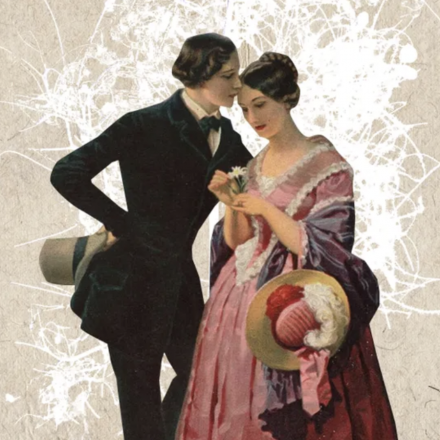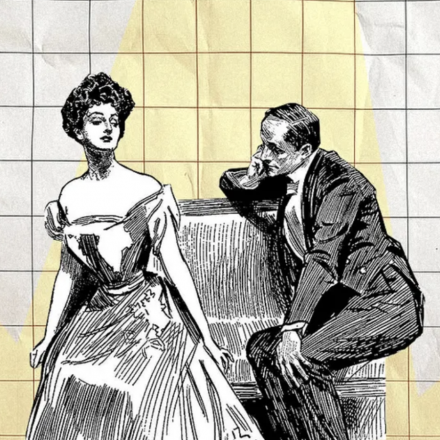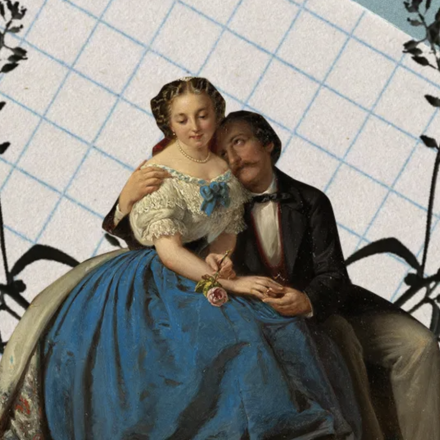The G-spot is one of those phenomena that has been discussed in the realm of intimacy for several decades. But what do we really know about it? Let's explore and discover some interesting facts that will help you better understand this mysterious aspect of human sexuality.
It’s Named After a Person
The story of the G-spot began in the 1950s when German physician Ernst Gräfenberg described a sensitive area on the vaginal wall in his article for the International Journal of Sexology. According to Gräfenberg, this area was capable of producing special sensations. It was named "G-spot" in his honor, symbolizing the ongoing quest and discussions about female pleasure.
Scientific Evidence of Its Existence is Questionable
Despite its popularity, the G-spot does not have conclusive scientific evidence supporting its existence. Sexologist Marlene Wasserman argues that what is commonly referred to as the G-spot might simply be a zone around the urethra, rather than a specific point. Instead, Wasserman suggests focusing on the clitoris, an area whose existence and function are well-established in science.
The Clitoris is More Important
When it comes to female orgasm, the clitoris deserves special attention. It is an organ rich in nerve endings—over 6 million! For many women, clitoral stimulation can lead to orgasm even without involving the "G-spot." This makes the clitoris a key element in female pleasure, while the study of the G-spot remains contentious and ambiguous.
The Location of the G-Spot is Individual
If you’re still interested in locating the G-spot, be prepared for it to be uniquely experienced by each woman. Technically, the G-spot is located on the anterior wall of the vagina, below the urethra, but its exact placement and sensations can vary from woman to woman. This makes its search quite challenging.
It Has No Biological Value
From a biological standpoint, the G-spot does not have any particular value. The scientific community continues to question its role and functions. Unlike the clitoris, which clearly impacts sexual satisfaction, the G-spot remains a mystery. Some scientists speculate that orgasm might serve to attract partners, but this is only a hypothesis. In the end, the biological value of the G-spot remains uncertain.
The G-spot is an intriguing topic for discussion, but it is important to remember that its existence and functions are still debated. Focusing on what truly brings pleasure, whether it be the clitoris or other areas, can lead to harmony and satisfaction in intimate life. Ultimately, understanding and respecting one’s own and one’s partner’s needs is what truly matters.


















